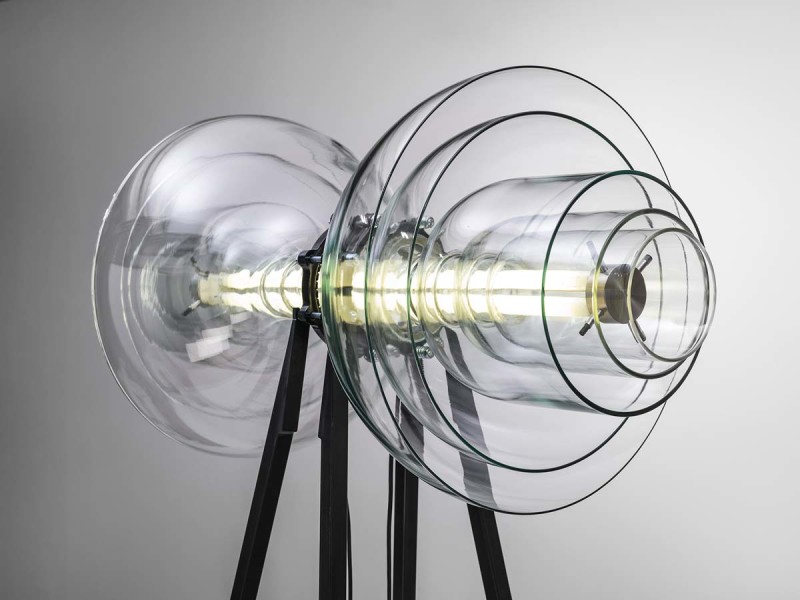
Remember that their goal is to keep you as comfortable as possible while remaining legal-no amount of tinting is worth a constant hassle with your HOA. That really dark tint is for glass that doesn’t have a naturally high VLT already.
Transmission light examples professional#
Why does this matter for you as a potential tinted window owner? It helps explain why your local tinting professional might steer you away from that super dark tint you see in their display. That means you can only “add” another 15 percent via tinting in order to comply. For instance, transmission describes light waves passing through a medium without any obstacles or interference.
Transmission light examples windows#
Let’s say the owner of your office building allows no less than 30 percent VLT, but the existing windows are already at 15 percent VLT on their own. Expert Guide What is an example of transmission in physics Septemby Alexander Johnson Each one of these terms describes a different state of lightwave movements. For example, your window glass actually has a VLT factor of its own, and that needs to be calculated into the final number. There’s more to the final VLT figure than color and calculating how much light gets through. How visible light transmission affects window tint Or speak with one of our technicians for their expert opinion on visible light transmission and its effect on tint levels. Do your research beforehand when determining the color and tint level you’d like for your home or business. For example, a green tinted window might be “green 45”. The method for calculating VLT doesn’t change, but you may notice a color value attached to the calculation. You may think of window tints as black or brown, but those are just the most popular hues-you can get a window tinted in virtually any color. However, there’s another factor to consider: Color. If you have a window with a VLT of 50 percent, it lets in 50 percent of exterior light. For example, if a window has a VLT tint of five percent, that window only lets in five percent of exterior light.

The lower the VLT, the darker the tint, and ultimately the more light that will get blocked. Visible light transmission is calculated on the percentage of light that’s visible through a tinted glass. This is how the VLT was born, and there are a few things you should know about it. Creators of films and tinting services came up with a method for measuring “how dark” a tint is. The VLT (also called “visual light transmission”) is a crucial part in figuring out how much heat protection, UV protection, and security protection you get. This also dictates how many UV rays can pass through the glass. Examples of other types of electromagnetic radiation are ultraviolet light, x-rays, radio waves and infrared light (Graph 1). As you decide about window tint for your home or office you’re probably wondering, “How dark should I go?” There are a couple of tricks to understanding the darkness or light-blocking power of window tinting, and your Homeowner’s Association may actually have regulations regarding the level of tint you use on your home. Technically called “visible light transmission”, the less light that passes through tinted glass, the darker it appears.


 0 kommentar(er)
0 kommentar(er)
